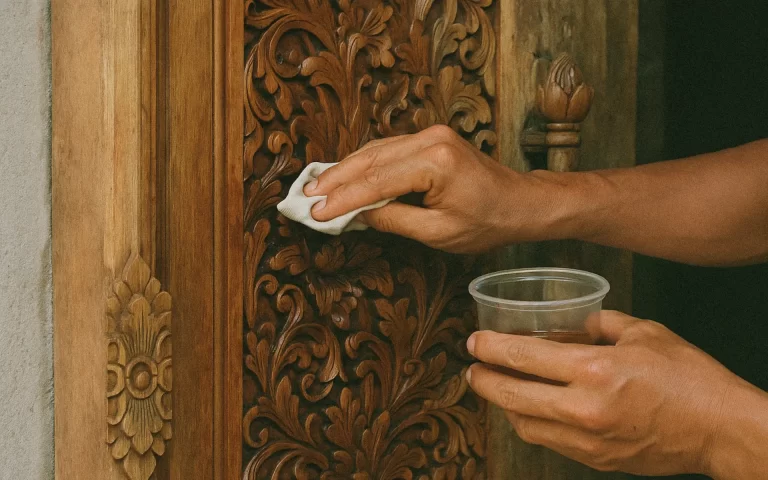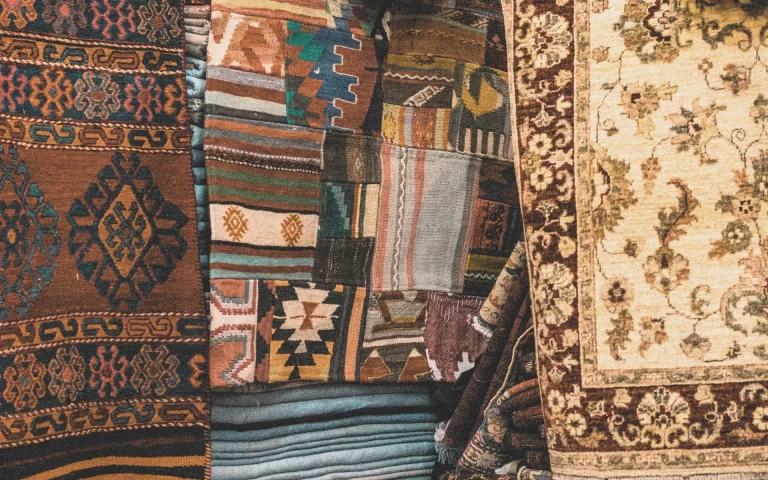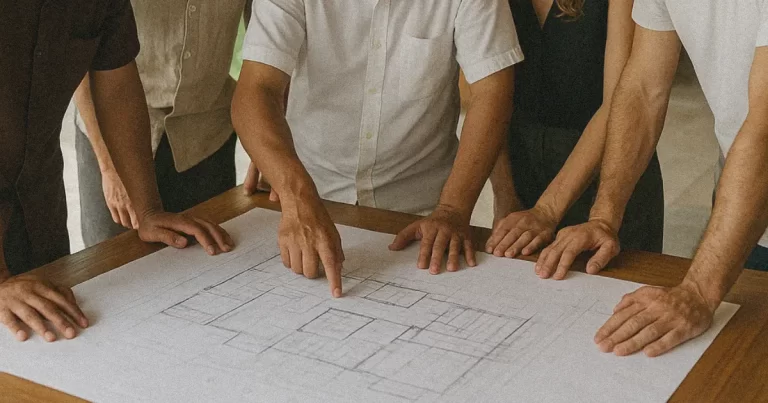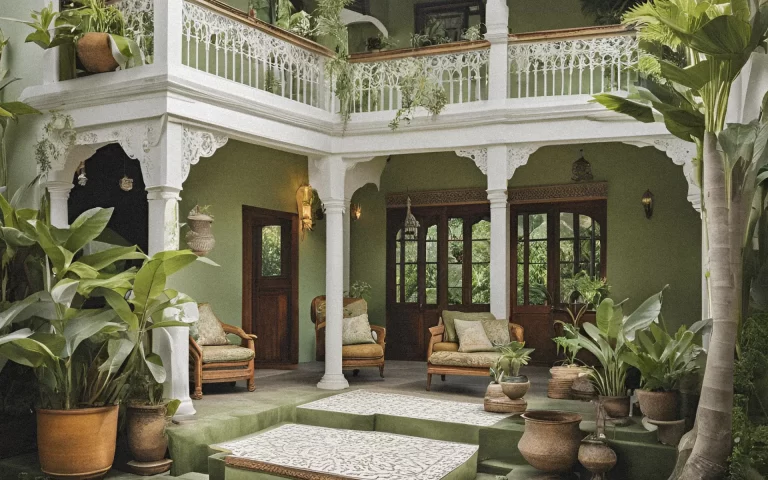The Real Costs of Reviving Bali’s Classic Villas and Compounds
By Des Res Bali
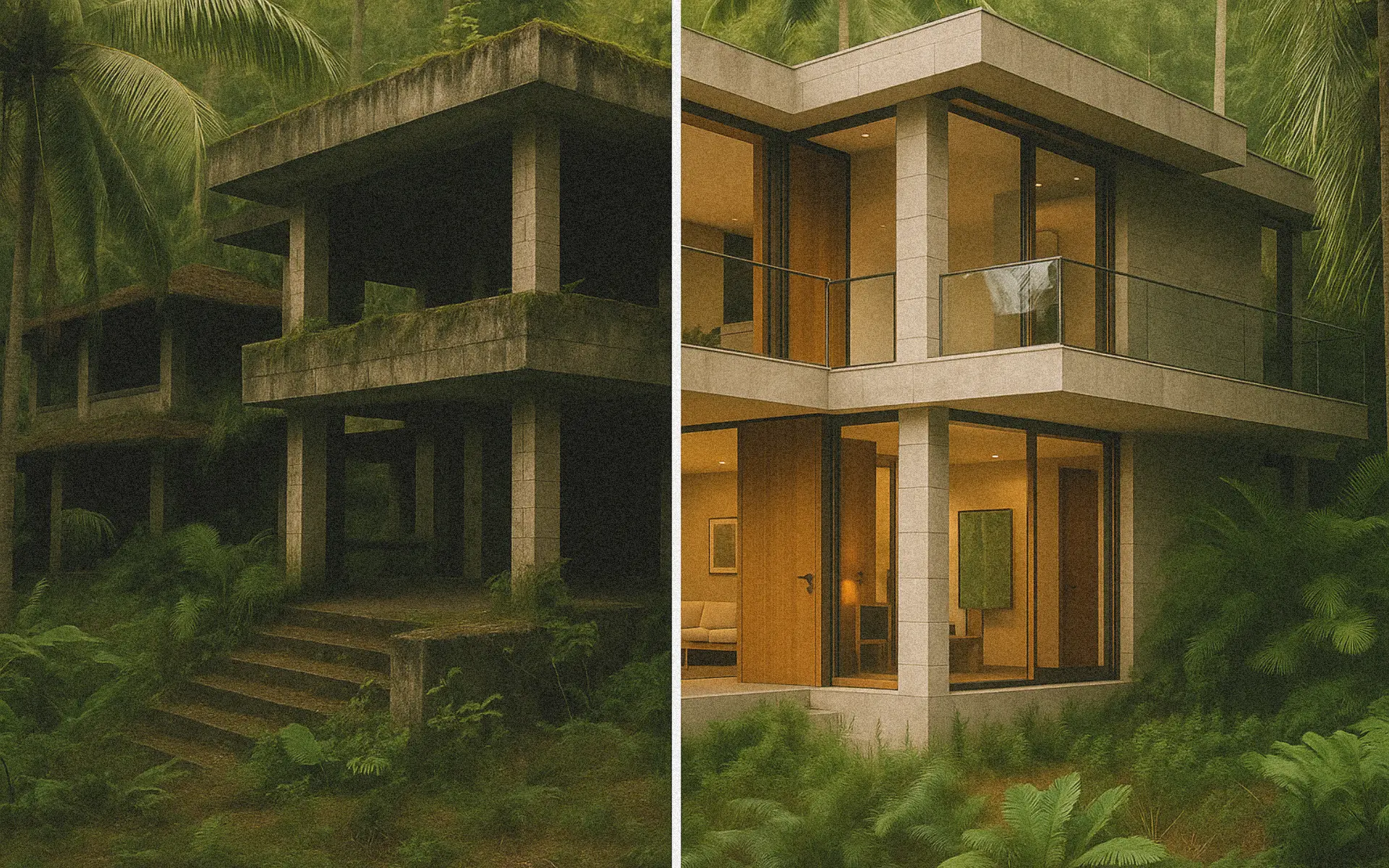
Just a quick note before you dive in:
We’re not contractors, architects, or financial advisors. Renovation costs can swing wildly depending on the property, its condition, and the team you hire.
What we’ve outlined here is based on observed ranges and common scenarios in Bali — not a substitute for a detailed inspection or professional quote. Always do your own due diligence before signing a lease, purchase, or construction contract.
This piece builds on our guide to assembling the right renovation team in Bali. Read that first here: The Essential Bali Renovation Team: Who You Need and How to Find Them
There’s a special kind of beauty in Bali villas that carry history in their walls. Maybe it’s the way afternoon light filters through original teak shutters, or how traditional terrazzo feels cool underfoot during the heat of the day. These properties have soul—something that cookie-cutter new builds, no matter how polished, simply can’t replicate.
But romance aside, what does it actually cost to restore one of these architectural gems?
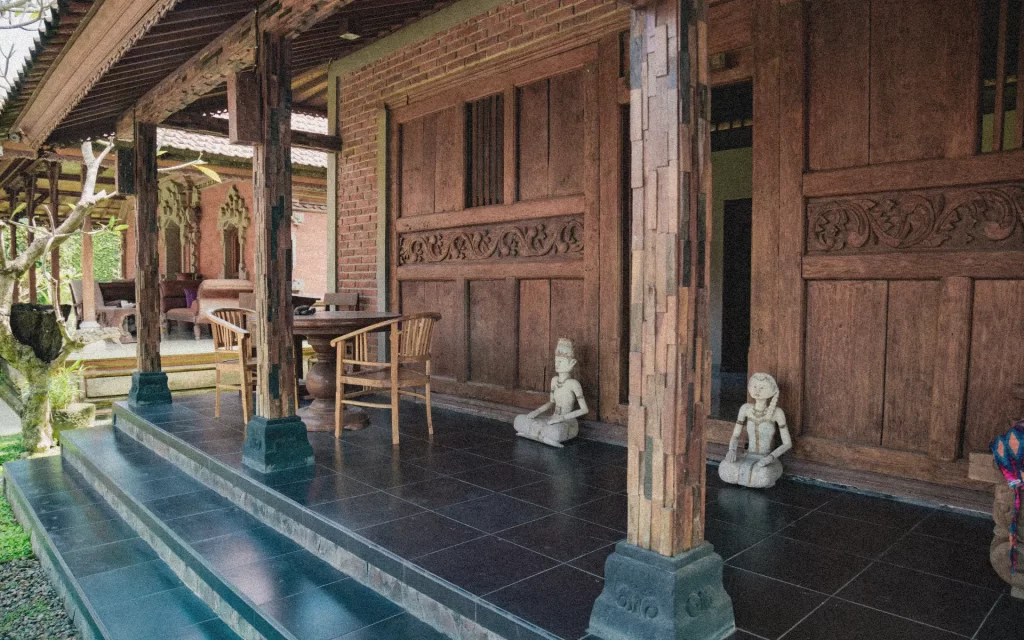
The Budget Reality
When it comes to older villas, the numbers aren’t one-size-fits-all. The truth is, you can stumble onto a property with “good bones” that just needs systems upgrades and a thoughtful refresh — or you can peel back the plaster and discover a full structural overhaul waiting for you.
This is why due diligence is everything. A proper inspection of the foundation, roof, plumbing, and electrical can save you from budget shock later on.
Here’s a ballpark sense of what’s seen on the island:
- Basic spruce-up (IDR 30 million – 400 million):
Often the case with long-term leases or tired family compounds. Includes fresh paint, landscaping, furniture swaps, and small cosmetic fixes — with no structural or systems work. For rentals or shorter leases, budgets often fall between 30–80 million. For longer leases (25–30 years), expect closer to 150–400 million once you start swapping tiles, fixtures, and cabinetry.
- Light refresh (IDR 400 million – 900 million):
Essential updates and cosmetic restorations. You’re keeping the original structure but giving the villa a serious facelift — new floors, upgraded kitchens and bathrooms, and partial systems improvements like rewiring or replumbing limited areas.
- Moderate renovation (IDR 900 million – 1.8 billion):
Complete systems overhauls, kitchen and bathroom upgrades, structural tweaks including foundation or roof reinforcement — balancing modern comfort with heritage charm.
- Full restoration (IDR 1.8 billion – 2.8 billion):
From ground up — foundation reinforcement, full rewiring and replumbing, roofing, termite treatment, and meticulous heritage feature restoration. This range reflects a carefully managed full restoration rather than extravagant luxury finishes.
While those figures might look hefty, here’s the twist: older properties are often overlooked because of their age. Everyone in Bali seems to want land and a shiny new build—often in the ubiquitous Mediterranean style seen across the island. That means the tired-looking compound with cracked tiles and a wild garden might actually be a hidden bargain—priced lower for both land and structure simply because it doesn’t photograph well.
With careful selection and planning, you can very well end up spending less than a new build, and gain something money can’t buy: authenticity and character.
Helpful Resources:
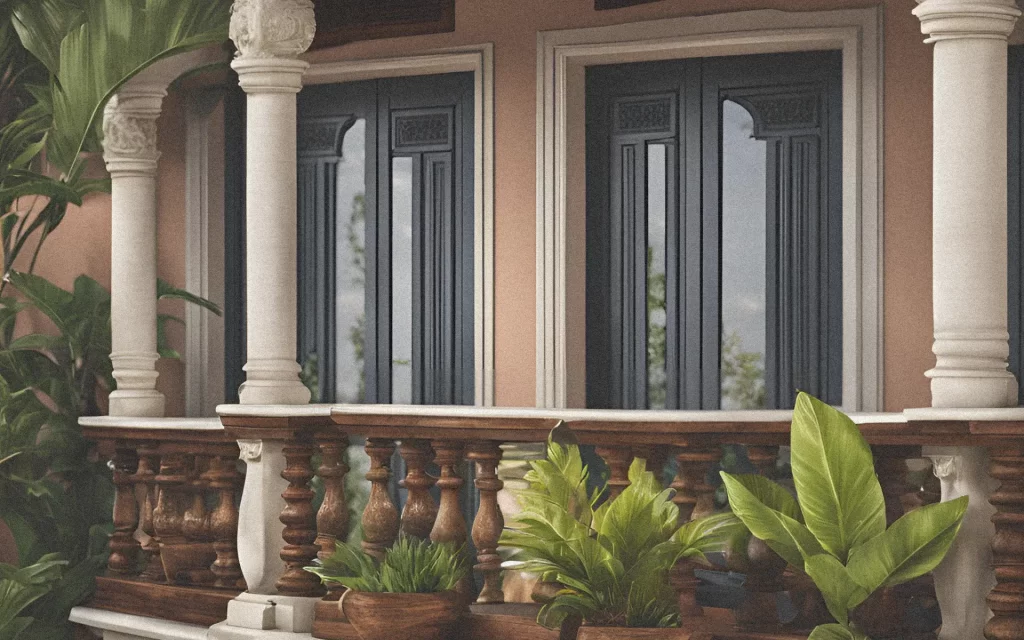
Where Your Money Actually Goes
Most serious renovations break down across four key areas:
Systems (25–35%): The invisible infrastructure—electrical, plumbing, drainage, climate control. Older homes often need everything replaced to meet modern safety standards, and there’s no cutting corners here.
Structure (25–35%): Foundation work, beam repairs, roof reinforcement, seismic upgrades. The unglamorous work that ensures your beautiful villa doesn’t come tumbling down during the next rainy season.
Character (15–25%): This is where the magic happens—restoring original teak doors, repairing intricate terrazzo, sourcing reclaimed tiles that match the existing ones. It’s painstaking work, but it’s what separates a renovation from mere decoration.
Finishes (20–25%): Kitchens, bathrooms, flooring—the daily luxuries that make the space genuinely liveable rather than just photogenic.
Beware: the invisible work often gobbles up more budget than the Instagram-worthy finishes.
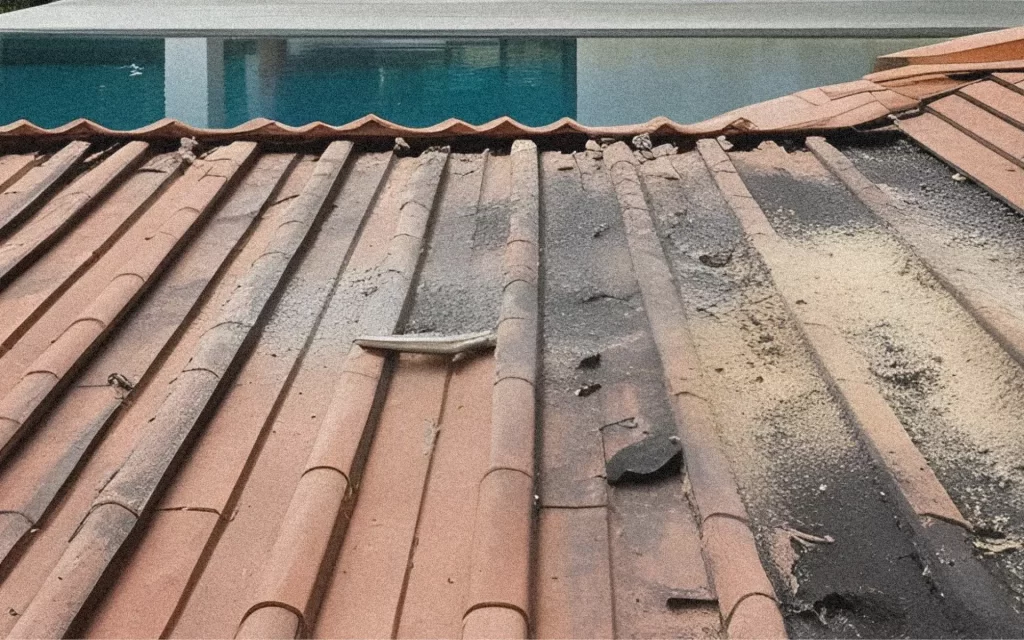
The Contingency Conversation
This is where older properties diverge from new builds. With heritage homes, surprises aren’t just possible—they’re guaranteed. A 30-35% contingency isn’t pessimism; it’s wisdom.
You’ll peel back tiles and discover water damage that’s been hiding for years. You’ll find termite damage in structural beams, or plumbing that defies both logic and gravity. These aren’t disasters—they’re archaeology. But they do require budget.
Think of contingency as buying peace of mind. It’s the buffer that keeps your dream project from becoming a financial nightmare.
The Professional Investment
Older Bali homes and actual heritage properties demand more expertise, more paperwork, more finesse. Factor in 10–15% for architects who understand both the technical requirements and the cultural sensitivities. You might also need structural engineers, heritage consultants, even landscape architects depending on your ambitions.
Permits add another 3–5%, especially if heritage approvals are involved. In Bali, this isn’t bureaucratic busy-work—it’s ensuring your renovation respects both building codes and cultural context.
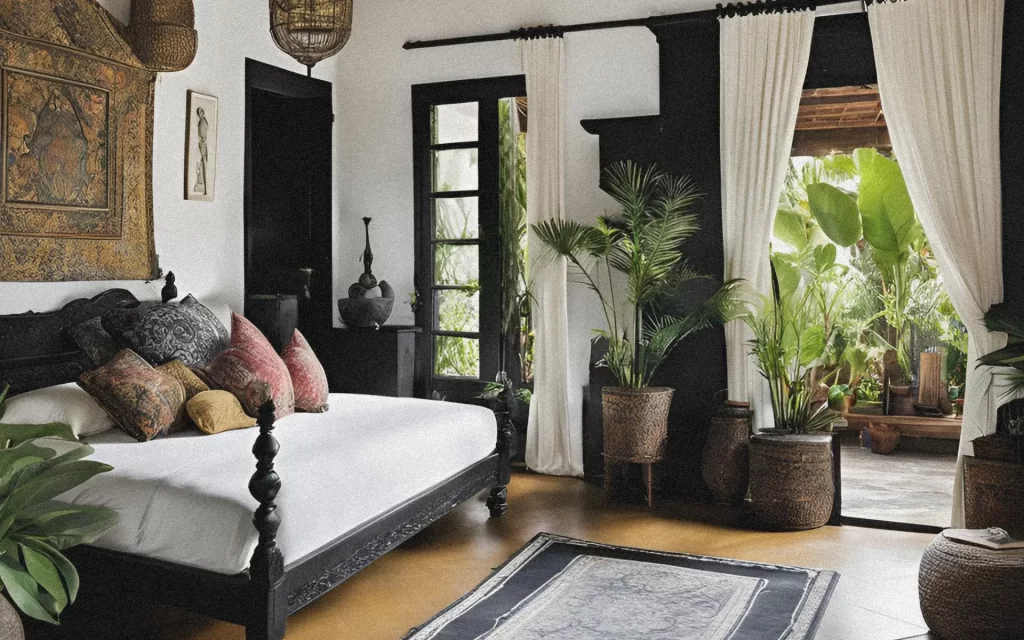
Financing the Vision
Unlike new builds with predictable payment schedules, older home renovations front-load the expenses. Structural work, roof replacement, full systems overhauls—the big-ticket items come first. Indonesian banks offer renovation loans, but expect higher rates and stricter collateral requirements than new construction financing.
Many foreign owners leverage equity from abroad, though currency fluctuations and tax implications add complexity to this approach.
What Actually Works
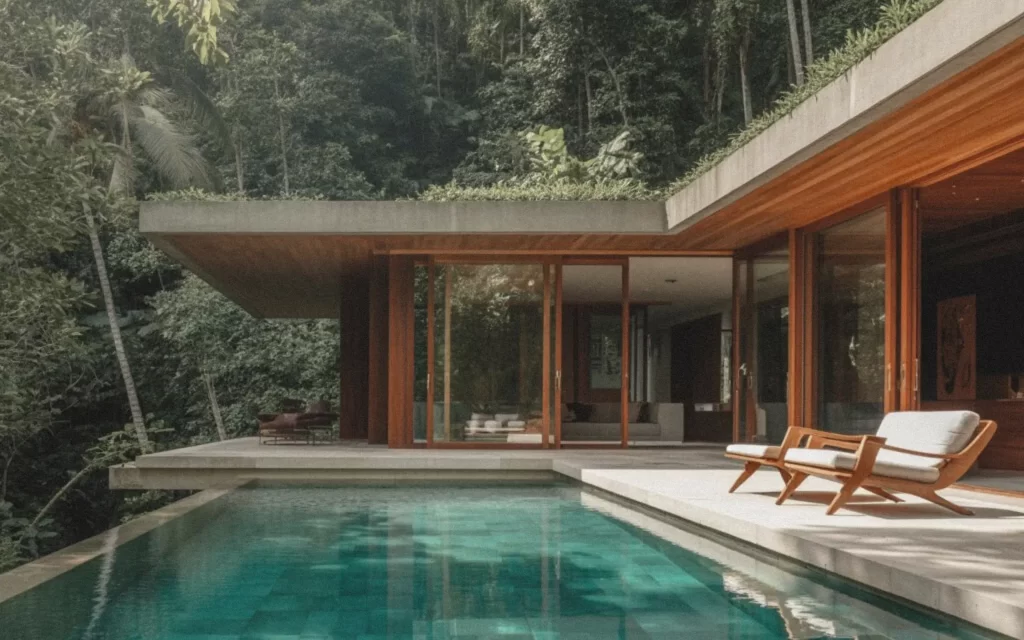
The most successful renovations share common strategies:
Start with phased planning—tackle systems and structure first, then layer in finishes and eventually the fun additions like pools and smart home technology.
Practice strategic splurging—invest heavily in what will last decades (structural integrity, quality craftsmanship, heritage restoration) and save on what can be upgraded later (furniture, landscaping, decorative elements).
Maintain rigorous documentation—detailed drawings, clear contractor agreements, written costings. The most expensive overruns come from misunderstandings, not material costs.
The Returns Reality
Properly restored classic or heritage properties command premium rental rates—often 20–35% above generic new villas—because authenticity can’t be faked. Lighter renovations typically deliver 8–12% annual gross yields, while full restorations may settle closer to 5–8% but benefit from stronger long-term appreciation.
This also includes an important and growing category of tropical modernist gems—those bold, moss-covered concrete villas embodying mid-century modern architectural innovation adapted for Bali’s tropical climate. While not formally designated as heritage under local laws, these villas represent a significant architectural legacy valued for their raw materiality, open layouts, and integration with the landscape. Thoughtful restoration—such as concrete cleaning, adding expansive glazing, and incorporating natural wood accents—gives these homes a striking, timeless appeal reminiscent of architects like John Lautner who championed bold forms and seamless indoor-outdoor living. These unique properties attract renters and buyers seeking a rare architectural experience, often commanding rental premiums and appreciation rates on par with traditional heritage villas.
For resale, uniqueness remains essential in Bali’s saturated villa market. Whether classic heritage or tropical modernist, properties with genuine architectural distinction stand apart—and often appreciate faster because they are irreplaceable.
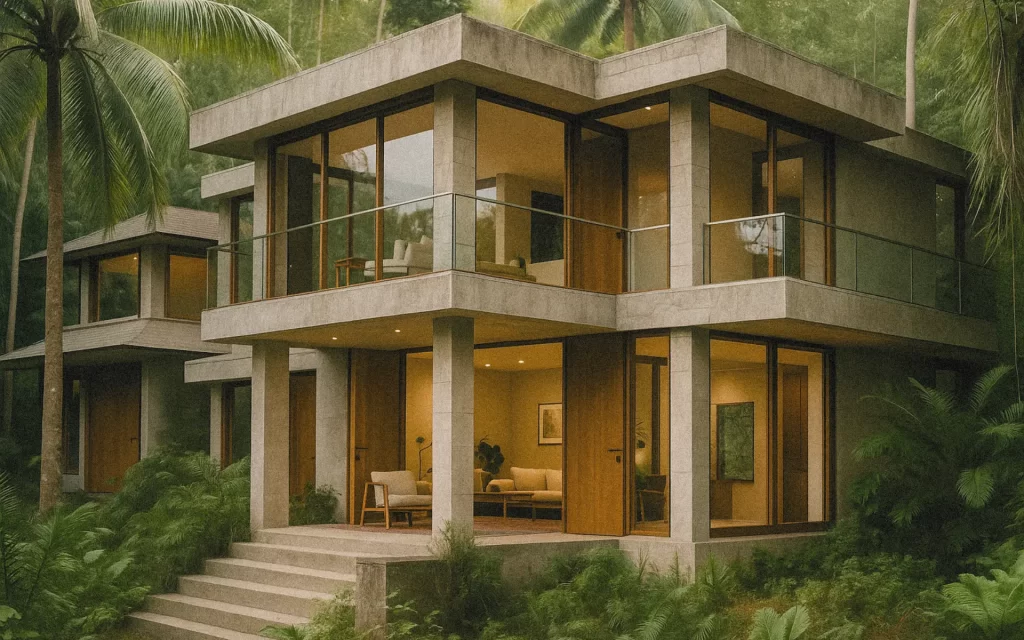
The Honest Assessment
Restoring an older villa in Bali can be significantly more cost-effective than building new—provided the structure isn’t completely compromised. What you’re really paying for is the difference between starting with a solid foundation and starting with a blank lot. But what you’re buying isn’t just square footage—it’s authenticity, character, and a piece of the island’s architectural heritage.
The projects that succeed are those that approach the process with clear eyes: realistic budgets, quality professionals, and respect for both the building’s past and its future. Done thoughtfully, you don’t just end up with a beautiful home—you become the custodian of something genuinely special.
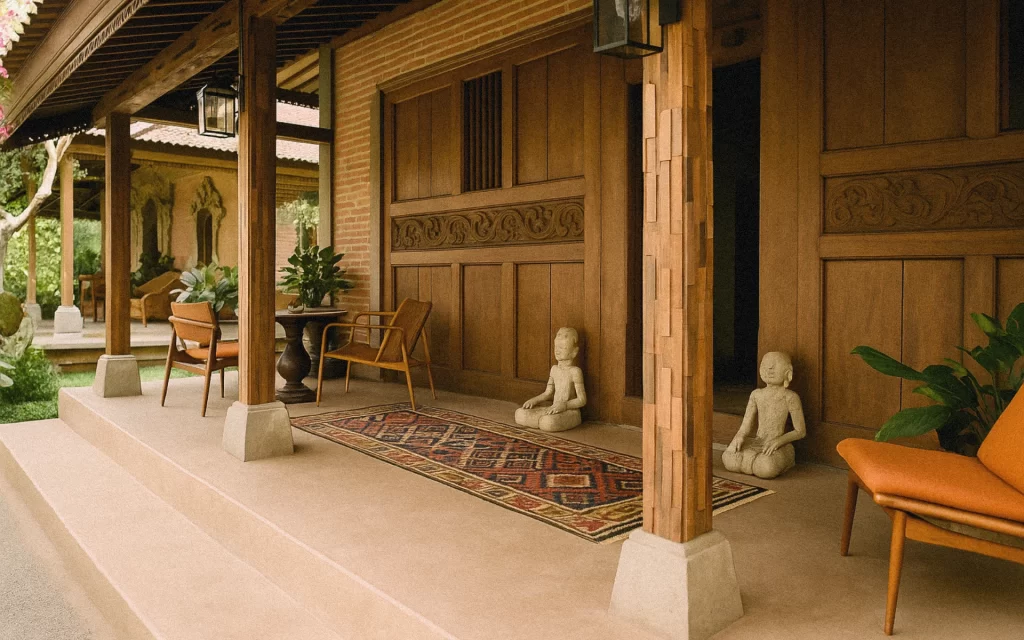
Recommended Bali Renovation Resources & Partners
To keep your renovation running smoothly, we’ve gathered a lineup of trusted Bali-based experts across the key areas you’ll need covered:
- Karyanusa Asia
Experts in mechanical, electrical, and plumbing systems tailored for Bali’s luxury villas and tropical climate. Ideal for upgrading your villa’s invisible infrastructure. - Kingswood Bali
Australian-Indonesian owned specialists focusing on villa structural renovations, blending durability with elegant finishes. - Lucky Furniture Bali
Masters of custom teak furniture and restoration, offering beautiful reclaimed wood pieces that bring character back to your villa. - Balitecture
Trusted villa architects and construction managers with vast experience in delivering meticulously finished, heritage-sensitive renovations. - FIXIT Bali Plumbing
Reliable 24/7 plumbing and mechanical service provider, essential for seamless systems renovation.
Note: These are some of Bali’s most trusted professionals—people who bring skill, integrity, and a deep respect for the island’s architectural character. Think of this as a starting point; bringing the right local experts on board early almost always saves time, money, and headaches down the line.
Continue Reading...
Once you’ve set your budget, the next step is understanding Bali’s permit process — a stage that can make or break your renovation timeline. Read our guide to Bali Renovation Permits in 2025 here.

